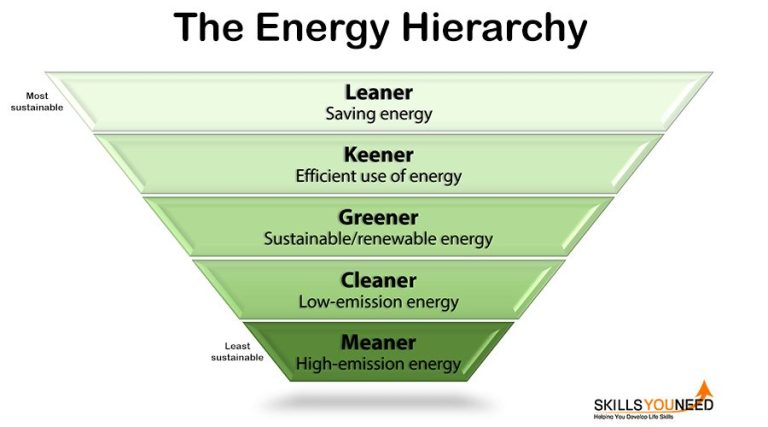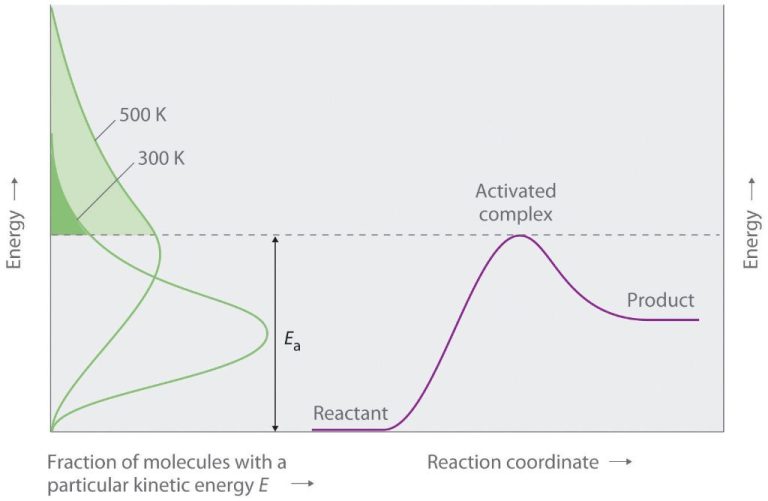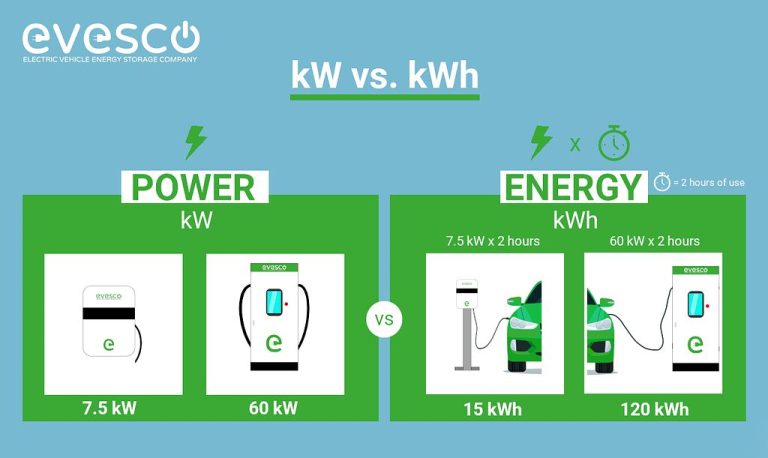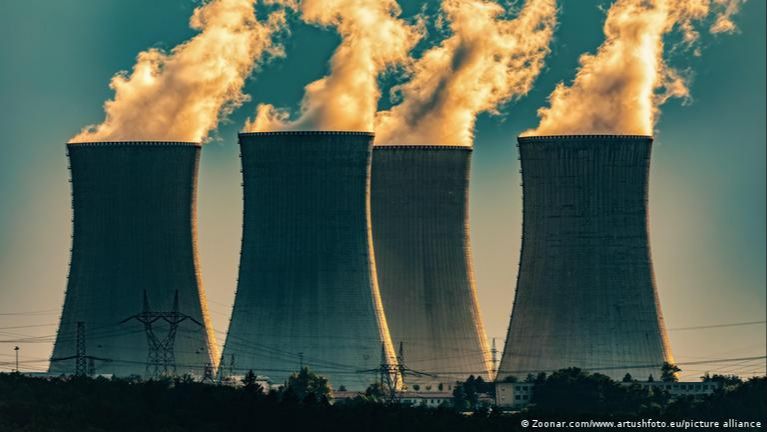What Does Radiant Mean In Science?
Radiant energy, also known as radiation, refers to energy that travels in the form of electromagnetic waves or photons. Unlike conductive or convective heat transfer, radiant energy can travel through empty space. The term radiation broadly refers to the emission and propagation of energy through space or a material medium in the form of waves or particles.
Radiant energy includes visible light, ultraviolet light, infrared energy, radio waves, X-rays and gamma rays. These different types of radiant energy occupy different parts of the electromagnetic spectrum and have different properties, sources and applications. But they all share the fundamental characteristic of transmitting energy through electromagnetic radiation that does not rely on direct particle contact for transfer.
Radiant energy plays a key role in many scientific fields, enabling modern technologies like communications, medical imaging, therapeutics, and more. Understanding radiant energy is also essential for areas like astronomy, physics, chemistry, biology and climatology. This overview will explore the major concepts around this ubiquitous form of energy transfer in the universe.
Properties of Radiant Energy
Radiant energy is a form of electromagnetic energy that travels in transverse waves. It is characterized by its wavelength, frequency, and speed.
Wavelength refers to the distance between consecutive wave peaks or troughs. It is commonly measured in meters, centimeters, or nanometers. Wavelength determines the type of radiation. For example, radio waves have long wavelengths, while gamma rays have very short wavelengths.
Frequency refers to the number of wave cycles that pass a fixed point per unit of time. It is commonly measured in hertz (Hz) or cycles per second. Frequency is inversely proportional to wavelength – higher frequencies have shorter wavelengths.
All electromagnetic radiation, including radiant energy, travels at the speed of light in a vacuum – approximately 300,000,000 meters per second. This is constant across all wavelengths and frequencies.
Radiant energy’s properties place it within the electromagnetic spectrum, which encompasses all electromagnetic radiation. This ranges from radio waves on one end to gamma rays on the other, ordered by decreasing wavelength/increasing frequency. Visible light that humans can see occupies only a small portion in the middle.
Types of Radiation
There are several different types of electromagnetic radiation that make up the radiant energy spectrum:
-
Infrared radiation has longer wavelengths and lower frequencies than visible light. Infrared is emitted by all objects and can be detected as heat. Examples include heat lamps, night vision devices, and thermal imaging cameras.
-
Visible light is the narrow range of electromagnetic waves that human eyes can detect. It allows us to see color and illuminates the world around us. Visible light rays make up the colors of the rainbow.
-
Ultraviolet (UV) rays have shorter wavelengths and higher frequencies than visible violet light. UV rays have enough energy to break chemical bonds. Tanning beds and black lights emit UV radiation.
-
X-rays have much higher frequency and energy and can penetrate soft tissues and many materials. X-rays are used in medicine and security screening.
-
Gamma rays are the most energetic waves in the electromagnetic spectrum. They are produced in nuclear reactions and explosions. Gamma rays are hazardous to human health.
Understanding the properties of different types of radiation is key to applications involving radiant energy transfer.
Radiant Energy Transfer
Radiant energy is transferred via electromagnetic waves or photons. There are three main mechanisms of heat transfer: radiation, conduction, and convection.
In radiation, energy is transferred by photons or electromagnetic waves directly between objects, without requiring direct contact between the objects. Radiant energy propagates through space at the speed of light.
Conduction is the transfer of heat between objects in direct physical contact. Heat flows from the warmer object to the cooler object until thermal equilibrium is reached. Metals are good conductors of heat.
Convection relies on the circulation or movement of liquids and gases to transfer heat. As the fluid is heated, it expands, becomes less dense, and rises. Cooler denser fluid then moves to take its place, creating convection currents. This allows heat to be distributed through the bulk of the fluid.
Examples of Radiant Energy
Radiant energy refers to energy that travels by electromagnetic waves or photons. This energy transfers between objects or regions without heating the space between. Some common examples of radiant energy include:
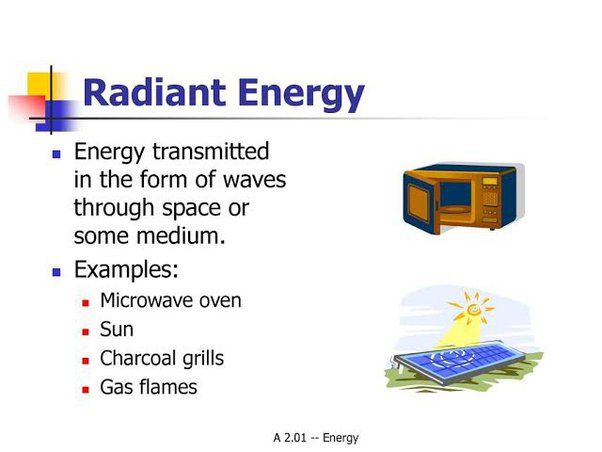
Sunlight – The light and warmth that we receive from the Sun constitutes radiant energy. The Sun produces energy through nuclear fusion reactions, releasing photons in the form of visible light, ultraviolet rays, and infrared radiation.
Heat from fire – The heat that we feel from an open flame is partially radiant energy. As the fuel burns, it gives off photons in the infrared region of the electromagnetic spectrum, which we perceive as warmth.
Infrared radiation – Infrared radiation refers to electromagnetic waves from 700 nanometers to 1 millimeter in wavelength, which is beyond the visible red portion of the spectrum. Infrared can be detected as heat. The Earth itself emits infrared radiation from its surface and atmosphere.
Microwaves – Microwaves have wavelengths from 1 millimeter to 1 meter and frequencies between 300 MHz and 300 GHz. Microwaves are commonly produced by electronics and appliances. Microwave ovens use focused microwaves to heat food.
Measuring Radiant Energy
There are several instruments used to measure radiant energy across different parts of the electromagnetic spectrum. Three of the most common are radiometers, photometers, and spectrometers.
Radiometers measure radiant flux or the total power of electromagnetic radiation. They contain sensors that absorb radiation and convert it into heat or electrical signals that can be quantified. Radiometers are often used to measure solar irradiance and infrared radiation.
Photometers measure the intensity of visible light. They contain a photodetector cell that generates an electrical current proportional to the brightness of light. Photometers produce readings in units such as lux, foot-candles, or lumens per square meter. They have applications in fields like astronomy, photography, lighting design, and water quality testing.
Spectrometers measure radiant power at specific wavelengths across the electromagnetic spectrum. They use optical components like prisms or diffraction gratings to split light into a spectrum of different wavelengths. The intensity at each wavelength is then measured by an array of photodetectors. Spectrometers allow detailed analysis of a light source’s spectral power distribution and are widely used in physics, chemistry, and engineering.
In summary, radiometers, photometers, and spectrometers provide quantitative measurements of radiant energy for various research and industrial applications.
Applications of Radiant Energy
Radiant energy has many practical applications in our everyday lives. Some of the most common applications involve heating, cooking, sterilization, imaging, and communications.
Heating
Radiant heaters and furnaces use infrared radiation to heat homes and other spaces. The radiant energy is absorbed by surfaces it contacts, heating them up. Radiant heating systems are energy efficient because they directly heat objects rather than heating the air.
Cooking
Infrared radiation is used for cooking in oven broilers, toasters, and grills. The infrared waves penetrate food and cause its molecules to vibrate, producing heat that cooks the food. Microwave ovens also cook food using microwave radiation.
Sterilization
Ultraviolet germicidal irradiation can be used to sterilize air, water, and surfaces. The UV radiation damages the DNA of bacteria and viruses, killing them or preventing them from reproducing.
Imaging
Different types of electromagnetic radiation are used in medical imaging and security screening. X-rays, gamma rays, and radio waves are able to penetrate structures and reveal information about their inner contents.
Communications
Radio waves, microwaves, infrared waves, and visible light are used for wireless communications. Mobile phones, radios, televisions, and fiber optic cables all rely on radiant energy to transmit information.
Biological Effects
Radiant energy can have profound biological effects on living organisms. Two of the most significant examples are photosynthesis and sunburns.
Photosynthesis is the process plants use to convert sunlight into chemical energy. Plants absorb radiant energy from the sun through chloroplasts in their leaves. This energy is used to convert carbon dioxide and water into carbohydrates like glucose. Photosynthesis is essential for nearly all life on Earth since plants produce oxygen as a byproduct.
Excessive exposure to the sun’s ultraviolet radiation can cause sunburns in humans. UV rays with wavelengths between 290-320 nanometers are capable of causing sunburns by damaging skin cells. Too much exposure can lead to more serious long-term effects like skin cancer. Sunburns are the skin’s reaction to acute UV radiation damage.
Ionizing radiation is also used therapeutically in radiation therapy for cancer patients. High energy X-rays, gamma rays and particle radiation like electrons, protons, and neutrons are carefully targeted to destroy cancer cells and shrink tumors. However, radiation therapy can have side effects by damaging healthy tissue near the treatment area.
Radiant Energy and Climate
The sun is the main source of radiant energy that impacts Earth’s climate. The total amount of solar radiation that reaches the top of Earth’s atmosphere per unit of time is known as solar irradiance. Variations in solar irradiance can influence Earth’s climate over long time scales.
Some of the incoming solar radiation is reflected back into space by clouds, airborne particles, and Earth’s surface. The remainder is absorbed by the atmosphere, oceans, and land masses, heating the planet. Earth maintains an energy balance between incoming and outgoing radiation that determines its average global temperature.
Certain gases in Earth’s atmosphere, such as carbon dioxide and methane, are transparent to incoming solar radiation but absorb and trap outgoing infrared radiation. This greenhouse effect helps regulate Earth’s temperature and makes the planet habitable. However, increased greenhouse gas concentrations from human activities enhance the greenhouse effect and contribute to global warming.
Understanding the complex interactions between solar irradiance, greenhouse gases, and Earth’s energy budget is an active area of climate research. Quantifying natural and human influences on Earth’s radiation balance is key for projecting future climate change and evaluating mitigation strategies.
Conclusion
In summary, radiant energy is a fundamental concept in physics and an essential part of our universe. Radiant energy refers to any form of energy that is transferred through electromagnetic waves or photons. Examples of radiant energy include visible light, infrared radiation, ultraviolet radiation, radio waves, and gamma rays.
Radiant energy powers many important processes on Earth and beyond. The sun produces a constant stream of radiant energy that drives weather, climate, plant growth, and many other aspects of life. Artificial sources of radiant energy are also pervasive in modern society, used in applications ranging from infrared cooking and heating to radio wave communication. Radiant energy enables technologies that have revolutionized human civilization.
Overall, the concept of radiant energy is profoundly important. Radiant energy transfer through photons allows the sun’s energy to spread across space and power life on our planet. Understanding and harnessing different forms of radiant energy has been essential for scientific progress. Radiation continues to shape both natural processes on Earth as well as human technologies and applications. The study and application of radiant energy will remain fundamental to science across many disciplines.

